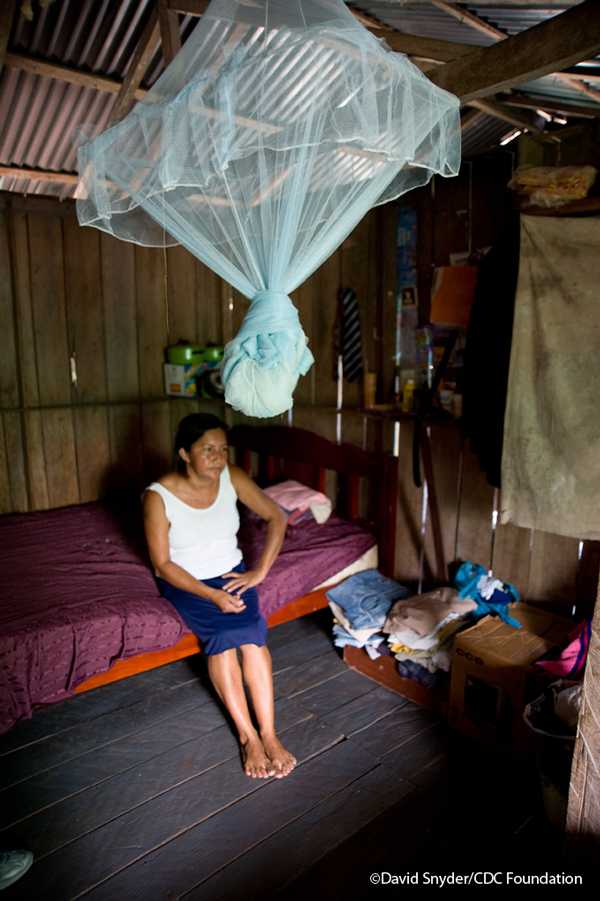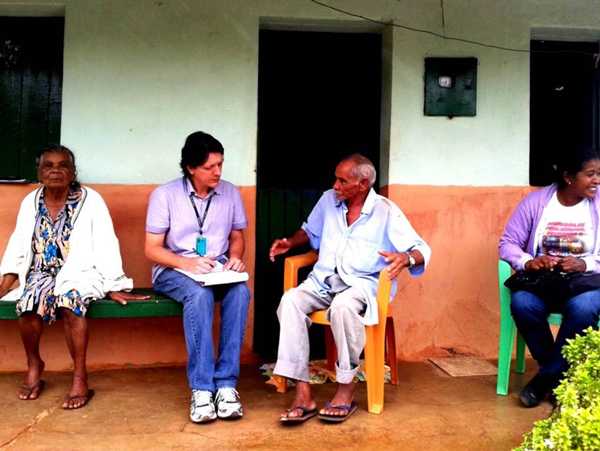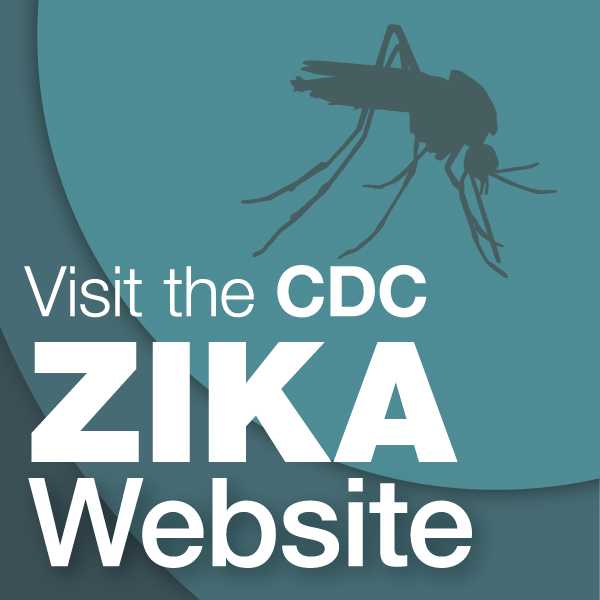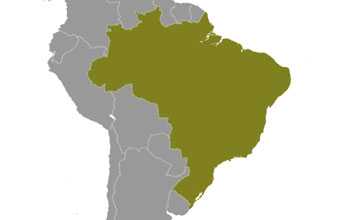
CDC established an office in Brazil in 2003 to combat HIV/AIDS. CDC has since expanded to other health areas in Brazil and works closely with the Ministry of Health and other partners to maintain strong collaboration in program planning, monitoring and evaluation, strengthening epidemiologic surveillance, and building lab capacity.
 Brazil at a Glance
Brazil at a Glance
Population: 204,519,398
Per capita income: $15,900
Life expectancy at birth women/men: 79/71 yrs
Infant mortality rate: 19/1000 live births
Population Reference Bureau World Population Data Sheet, 2014
 Top 10 Causes of Death
Top 10 Causes of Death
Source: GBD Compare, 2013
- Low Back & Neck Pain 6%
- Ischemic Heart Disease 6%
- Cancer 4%
- Diabetes 4%
- Lower Respiratory Infections 3%
- Diarrheal Disease 2%
- Diabetes 2%
- Interpersonal Violence 3%
- Iron-deficiency anemia 2%
- HIV/AIDS 2%
What CDC Is Doing
- Page last reviewed: October 4, 2017
- Page last updated: October 4, 2017
- Content source:
Global Health
Notice: Linking to a non-federal site does not constitute an endorsement by HHS, CDC or any of its employees of the sponsors or the information and products presented on the site.



 ShareCompartir
ShareCompartir

 CDC’s investment and scientific exchange with Brazil contributed to:
CDC’s investment and scientific exchange with Brazil contributed to:
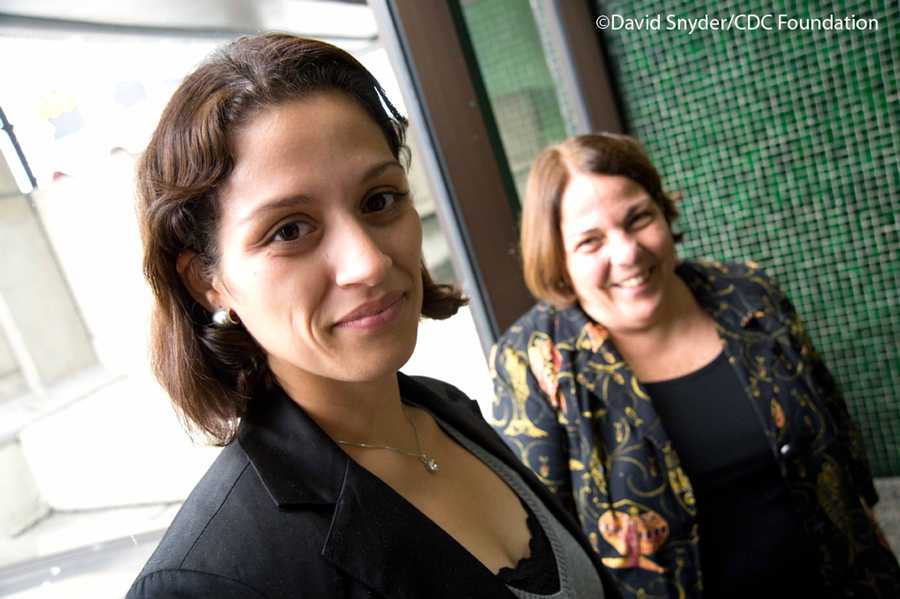
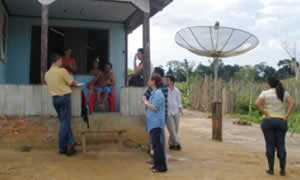 Vaccines prevent an estimated 2.5 million deaths among children younger than age 5 every year. Still, 1 child dies every 20 seconds from a disease that could have been prevented by a vaccine. Why? Because 1 in 5 children in the world do not have access to the life-saving immunizations that keep children healthy. CDC provides technical and programmatic expertise to meet immunization goals and international resolutions to eradicate polio, reduce measles mortality, and strengthen national routine immunization programs. These interventions save the lives of 2-3 million people every year.
Vaccines prevent an estimated 2.5 million deaths among children younger than age 5 every year. Still, 1 child dies every 20 seconds from a disease that could have been prevented by a vaccine. Why? Because 1 in 5 children in the world do not have access to the life-saving immunizations that keep children healthy. CDC provides technical and programmatic expertise to meet immunization goals and international resolutions to eradicate polio, reduce measles mortality, and strengthen national routine immunization programs. These interventions save the lives of 2-3 million people every year.